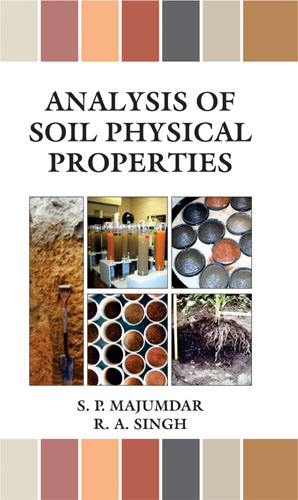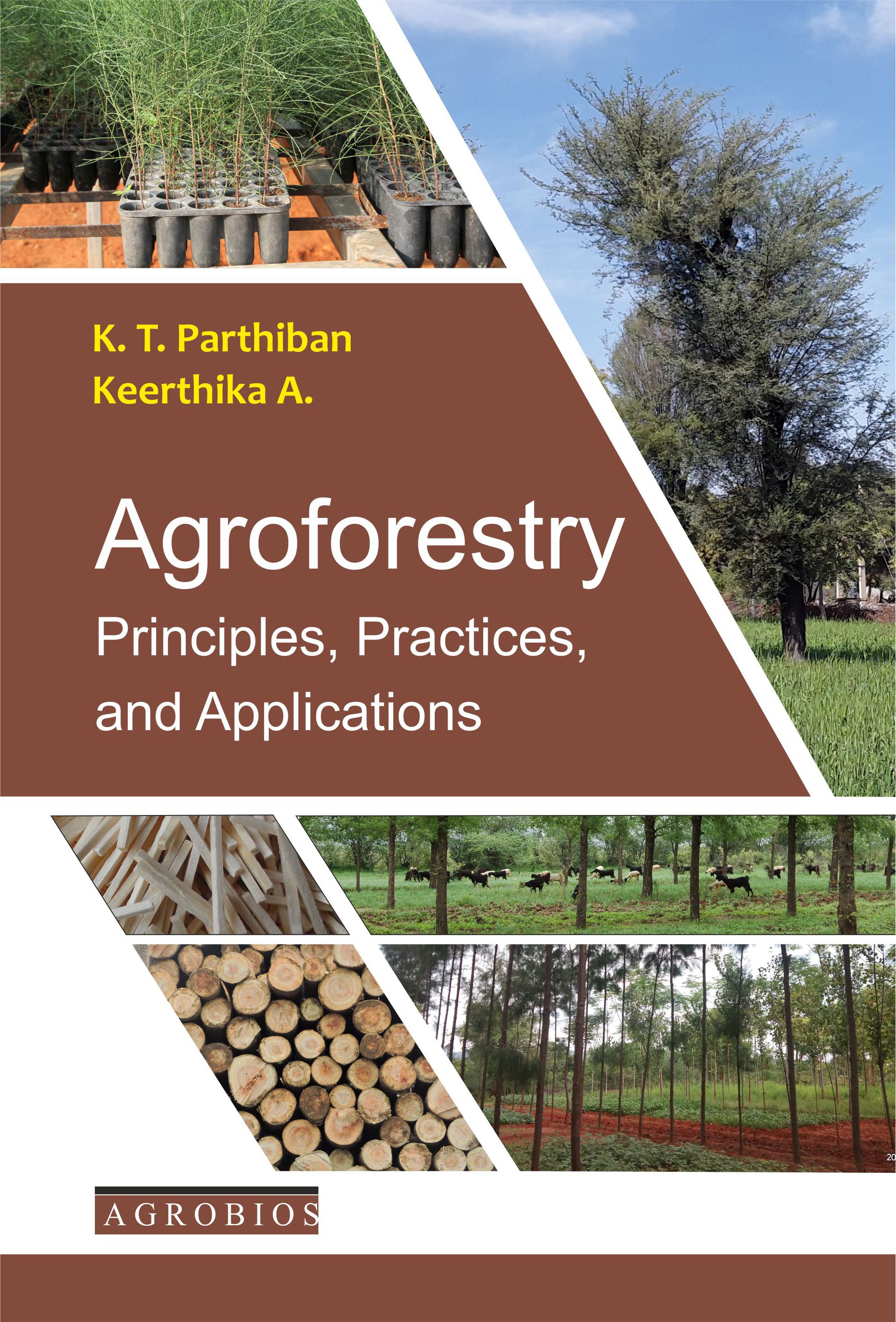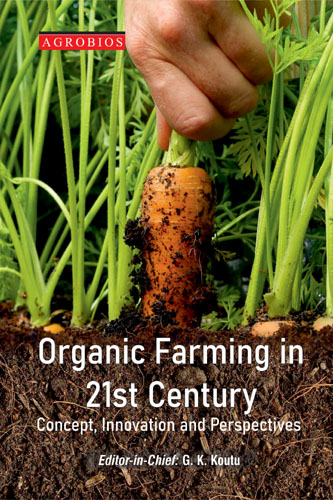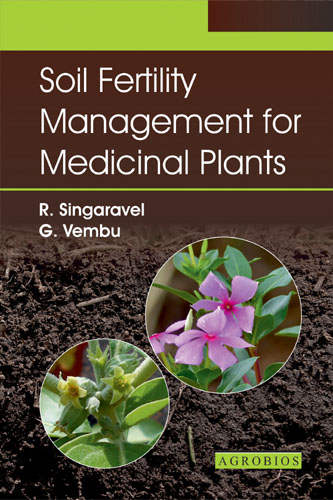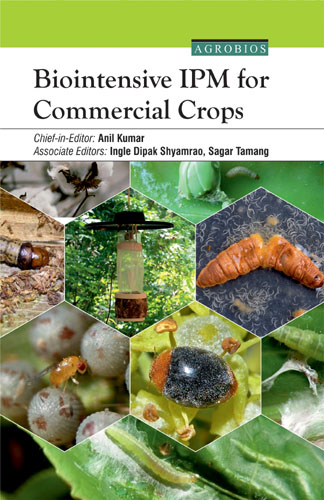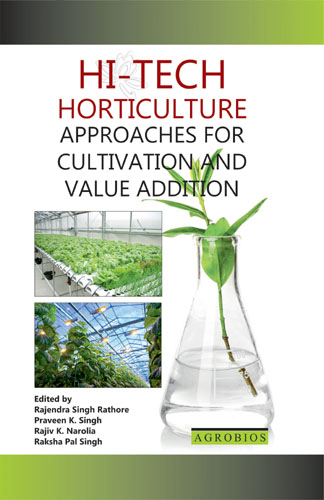Analysis Of Soil Physical Properties
With the classic contribution of Wollny and King in 1900 A.D., Soil Physics was recognised as a separate branch of Soil Science. The International Society of Soil Science was founded on May 19, 1924 and Dr. V. Novak was nominated by the Society as the Chairman of Commission dealing with the study of soil mechanics and Physics. Since then, the study of Soil Physical properties namely - mechanical composition, mechanical impedance and plant growth, soil water, soil aeration, soil temperature and drainage, is being done all over the world.
In India, Soil Science has emerged as a major discipline of Agricultural Science after Independence. Since 1960, several sub-disciplines of Soil Science such as Soil Survey and classification, Soil chemistry. Soil fertility, Soil Physics and Soil Microbiology have been recognised and established at various universities and research institutes.
With the advancement in the study of soil physics, the methods of analysis of various soil physical properties have also been developed all over the world. These methods and procedures, however, are scattered in voluminous literature on soil physical properties. In 1965, the American Society of Agronomy published a comprehensive monograph on "Methods of Soil Analysis including the Soil Physical properties, but the subject matter presented therein is of advance nature. Therefore, the common workers in the field of soil physics can not easily take advantage of this monograph.
The motivation for preparing this practical manual on "Analysis of Soil Physical Properties" grew out of the ever increasing need to quantify the physical properties of soils. Brought together in one volume are the methods, materials and procedures used for analysing soil physical properties. One of the constraints in adequately quantifying the soil physical properties, is the lack of suitable instruments. Therefore, line sketches, photographs, and methods of fabricating many of these instruments have also been given in this book.
The principles have been discussed in brief and more emphasis has been given to the practical aspect of soil physical analysis. A list of pertinent literature is also given for more background study.
This book has been sub-divided into seven chapters dealing with various aspects of soil physical analysis collection of soil sample. Particle size distribution analysis, particle density. Rheological properties, soil moisture content oxygen diffusion measurements, and soil temperature measurements.
The purpose of preparing this practical manual is to prepare students, teachers, researchers, field workers and practicing engineers for conducting soil physical analysis and water use research. The material has been presented in a simple and readable form. Illustrations and solved examples have been given wherever necessary. The authors earnestly hope that the information will be useful to the students, teachers, researchers, field scientists and practicing engineers in the field of Agriculture and Civil Engineering.
Majumdar SP
555
Table of Contents..
- Collection of Soil Samples
- Particle-Size Distribution Analysis
- Particle Density (Specific Gravity)
- Rheological Properties of Soil
- Soil-Moisture
- Oxygen Diffusion Measurement
- Soil Temperature Measurement
Book Details
Book Title:
Analysis Of Soil Physical Properties
Analysis Of Soil Physical Properties
Book Type:
TEXTBOOK
TEXTBOOK
No Of Pages:
180
180
Color Pages :
0
0
Color Pages :
0
0
Book Size:
DEMY (5.5X8.5)
DEMY (5.5X8.5)
Weight:
400 Gms
400 Gms
Copyright Holder:
All Rights Reserved
All Rights Reserved
Imprint:
M/s AGROBIOS (INDIA)
M/s AGROBIOS (INDIA)
Readership:
FIELD WORKERS | PG STUDENTS | UG STUDENTS |
FIELD WORKERS | PG STUDENTS | UG STUDENTS |



